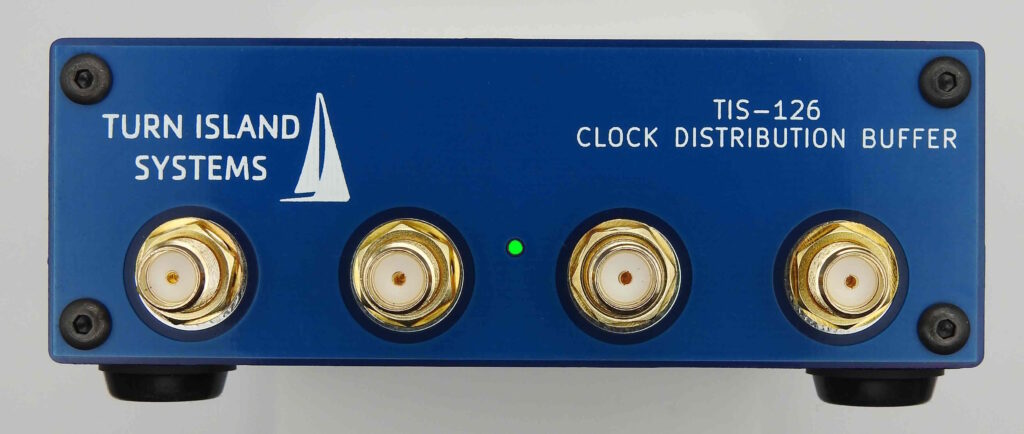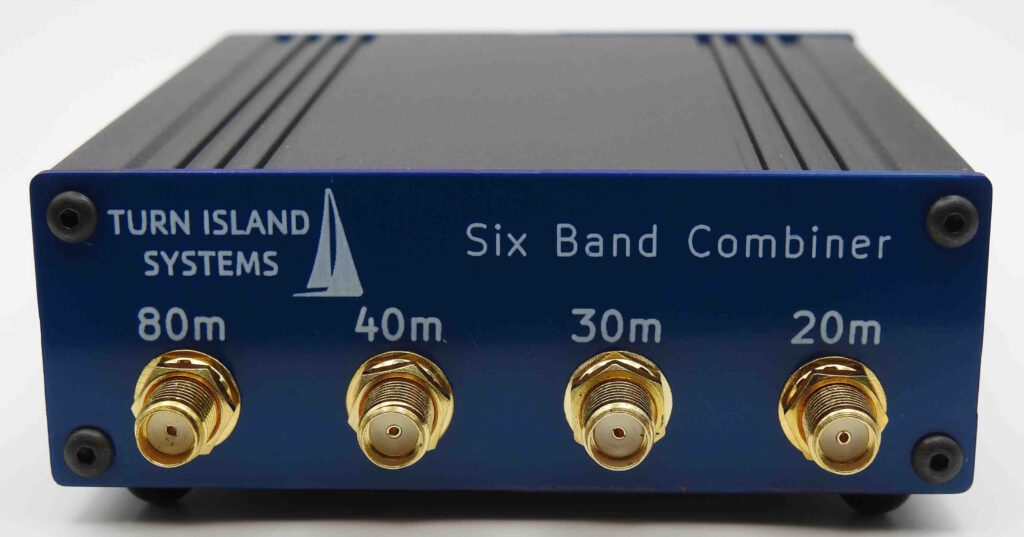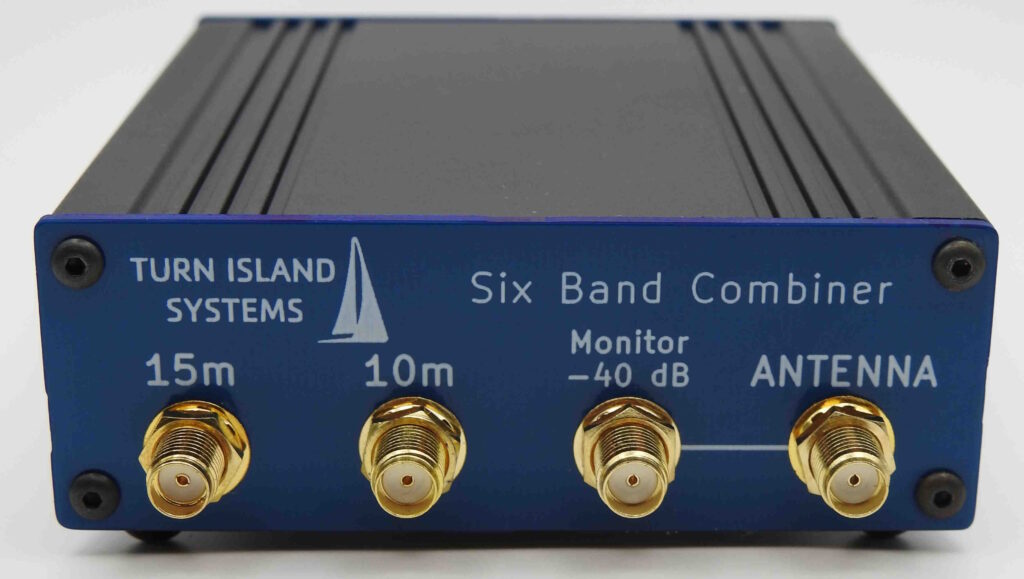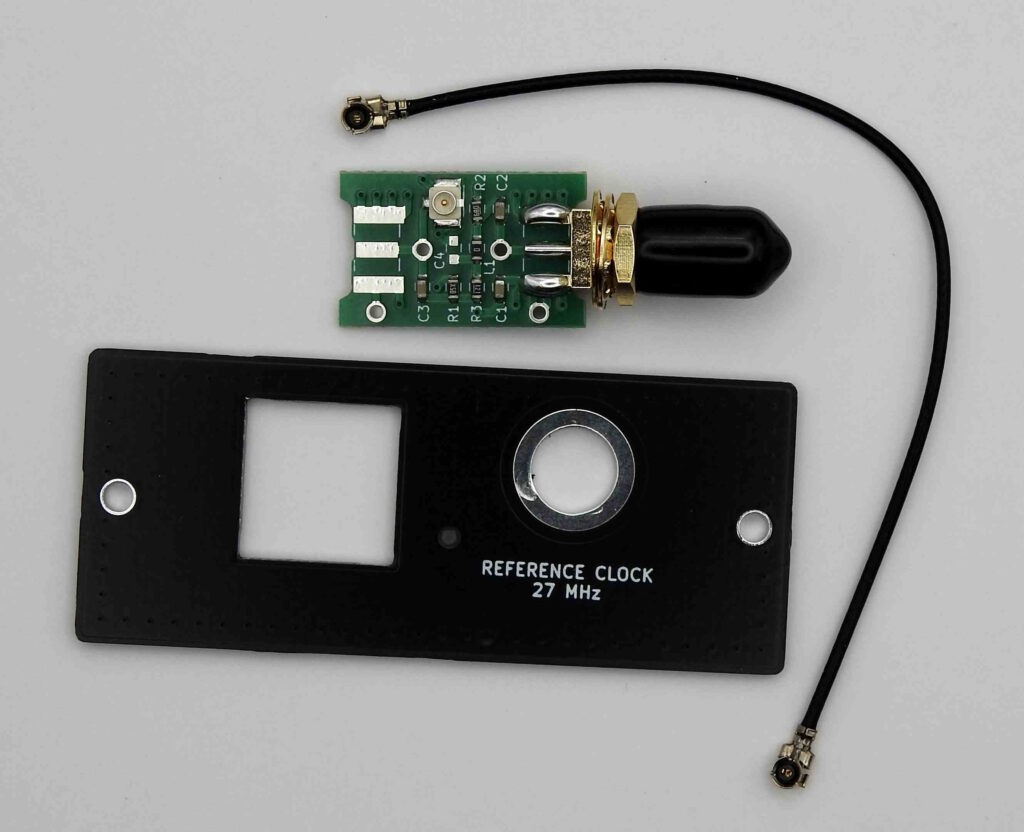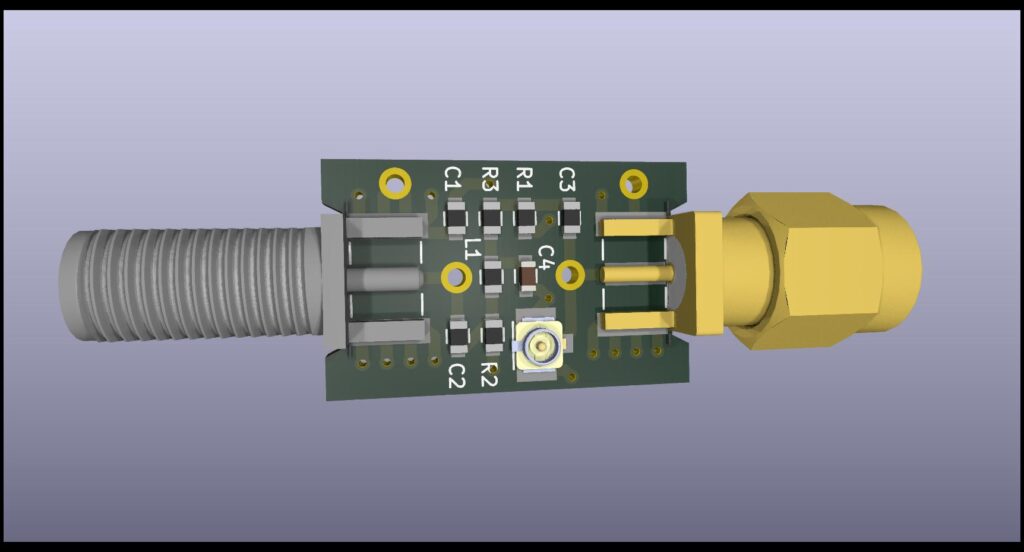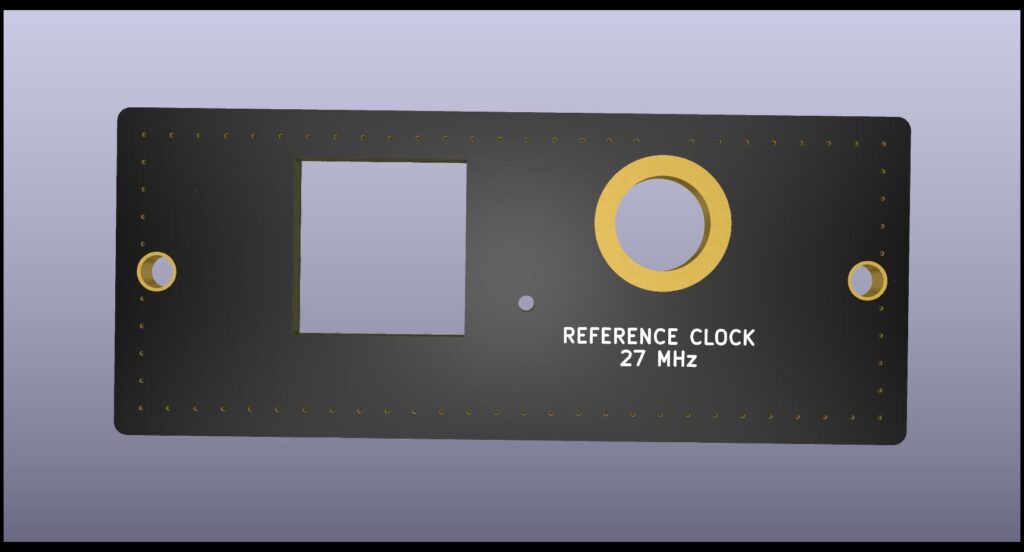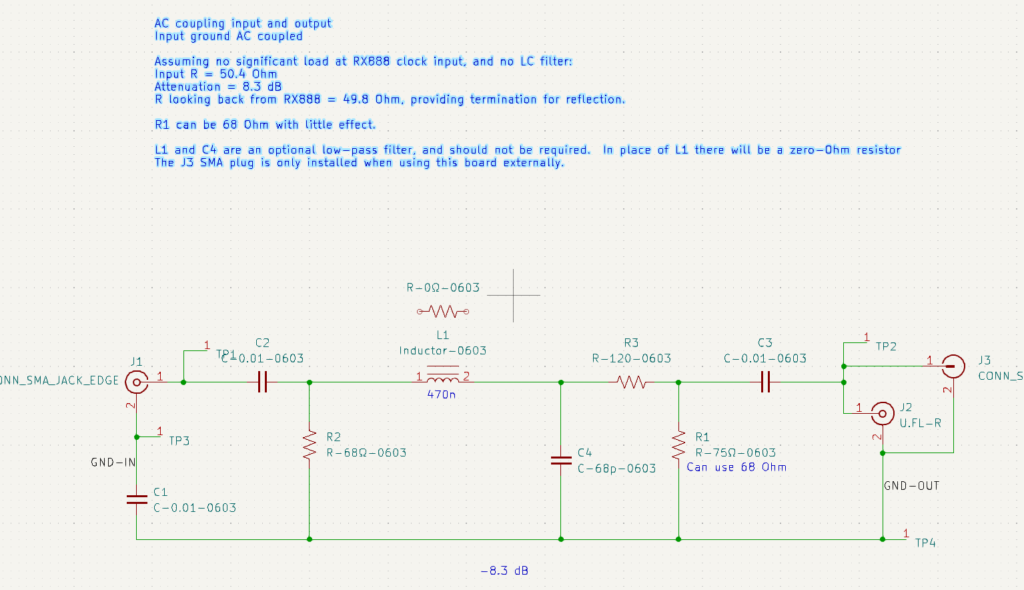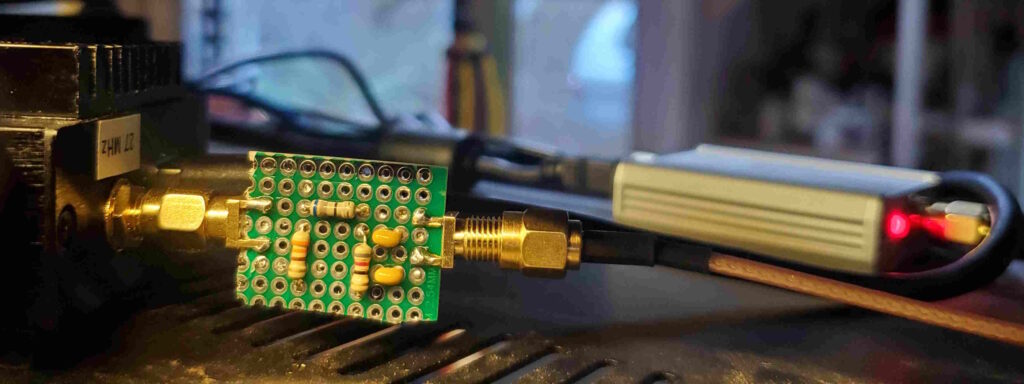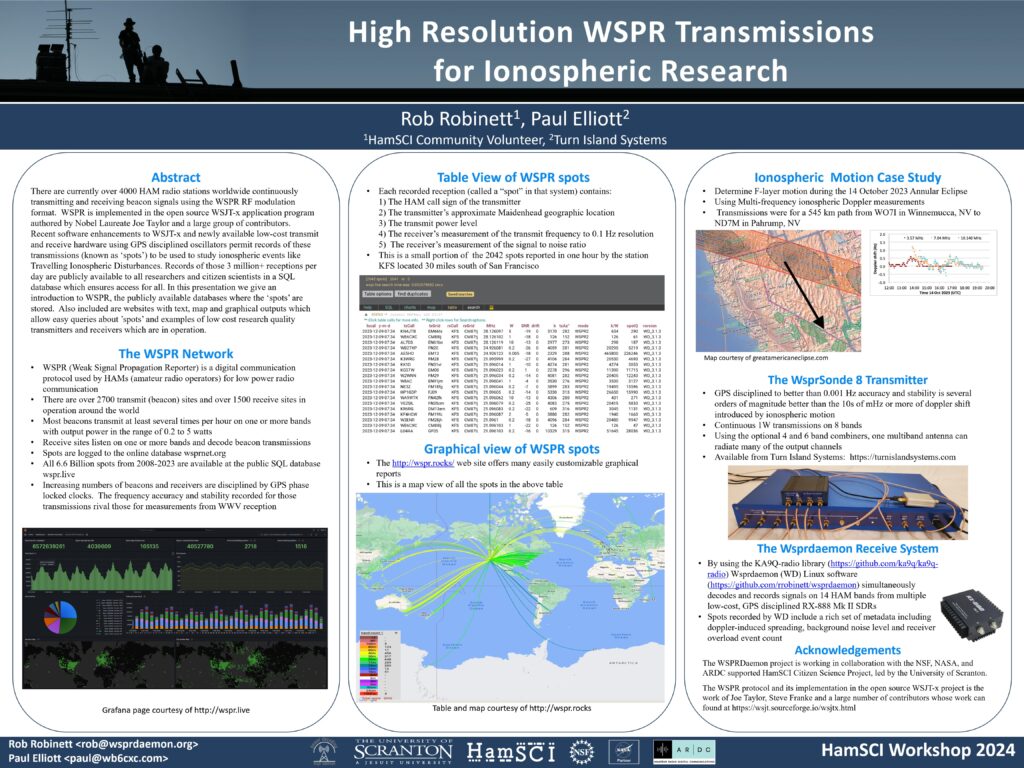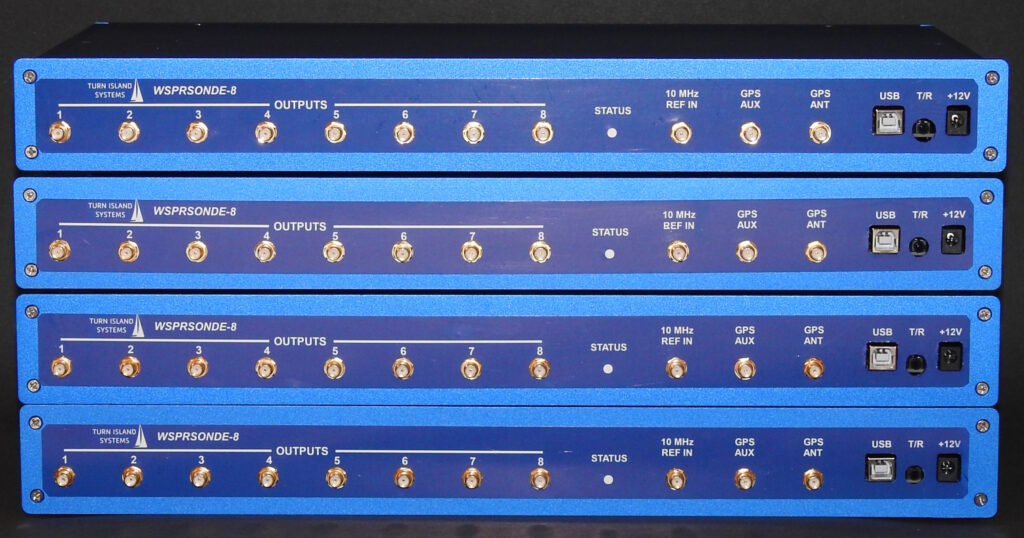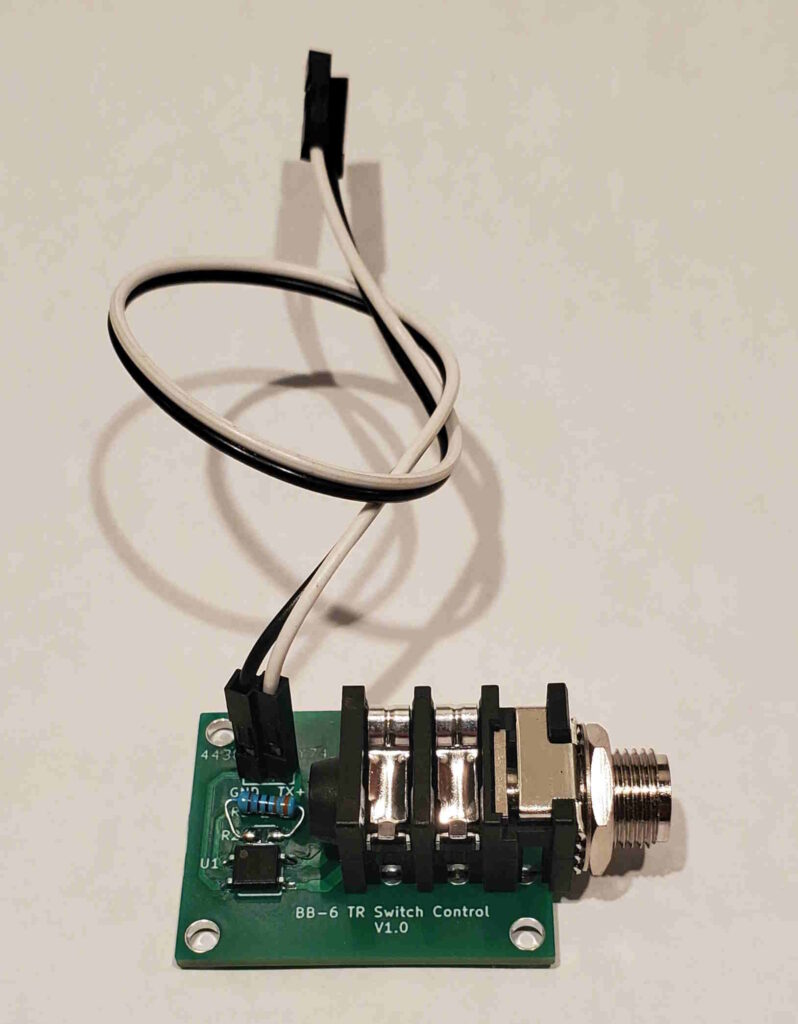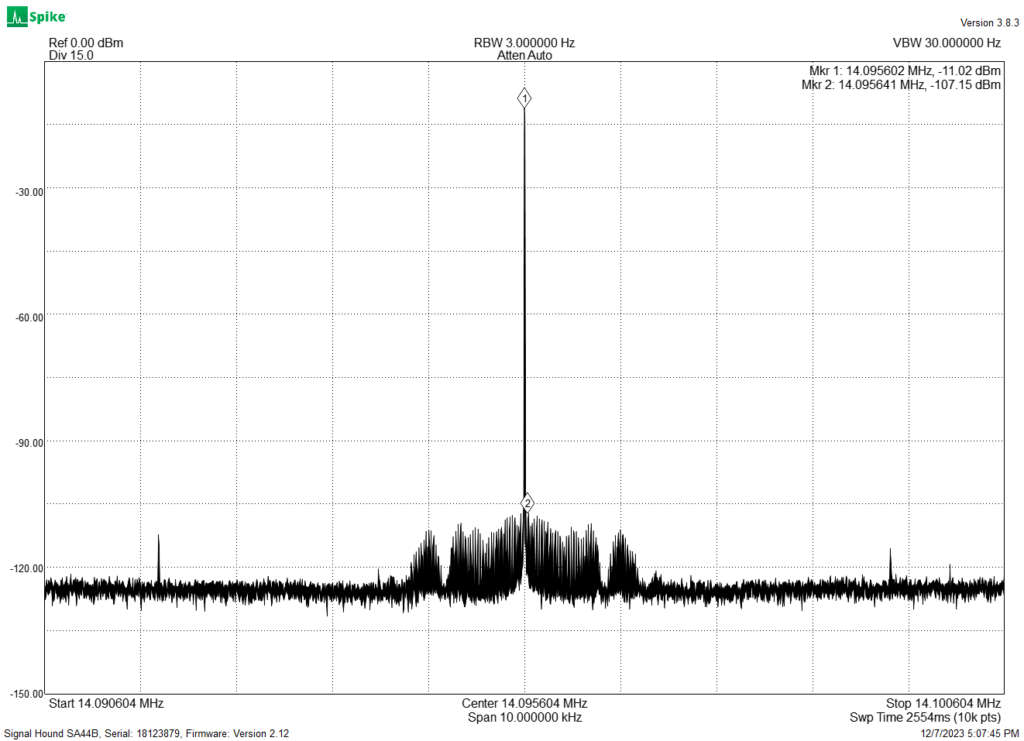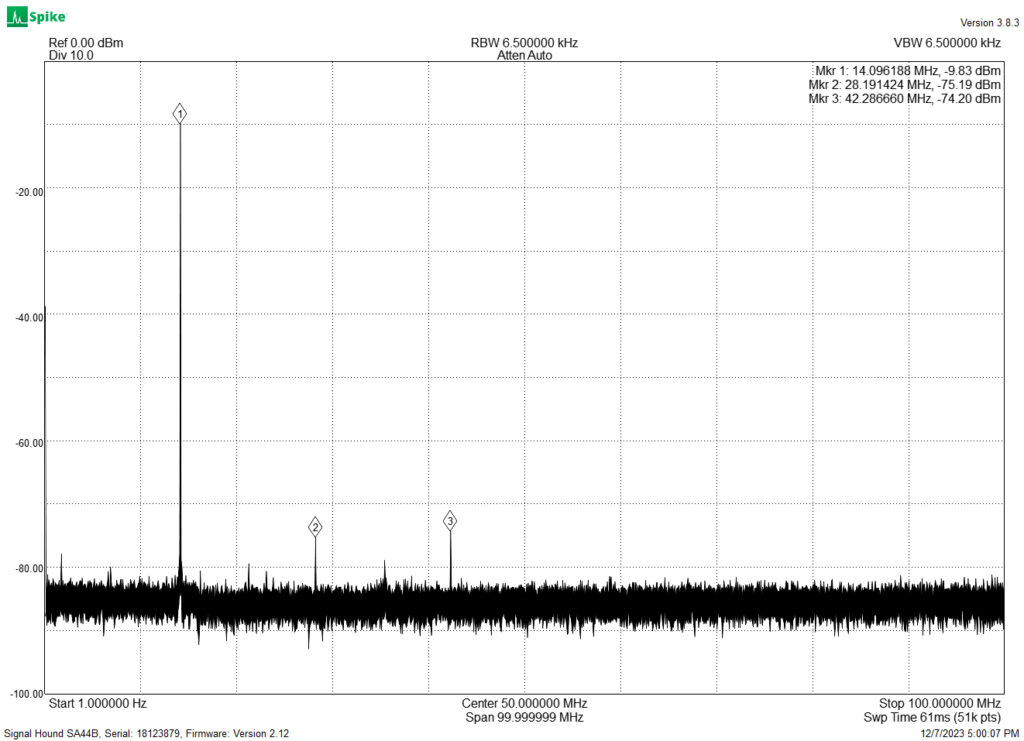Update: Same board, brand new enclosure! Now available in limited quantities.
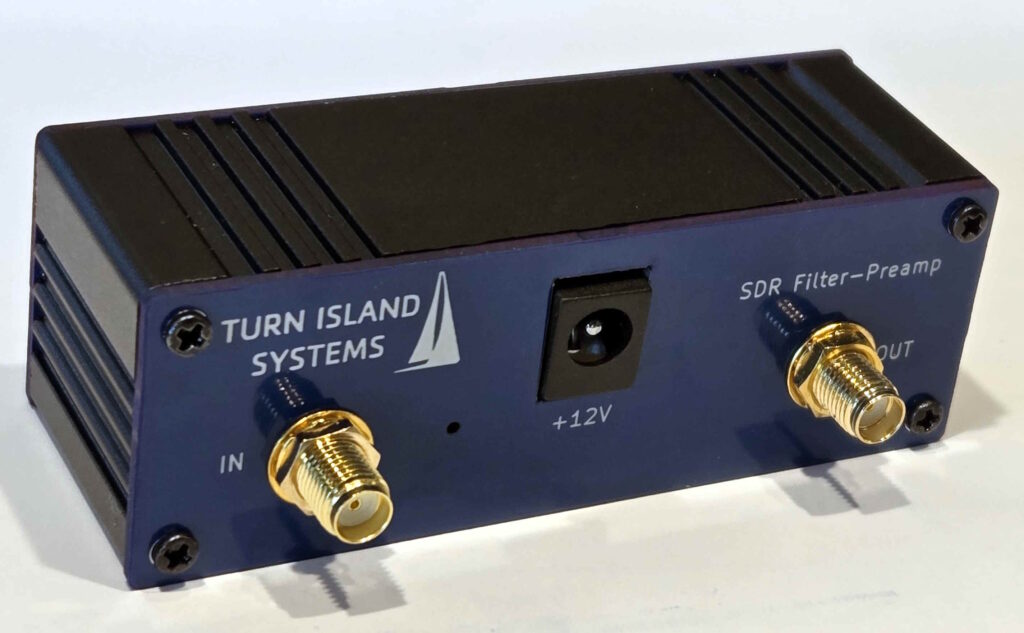
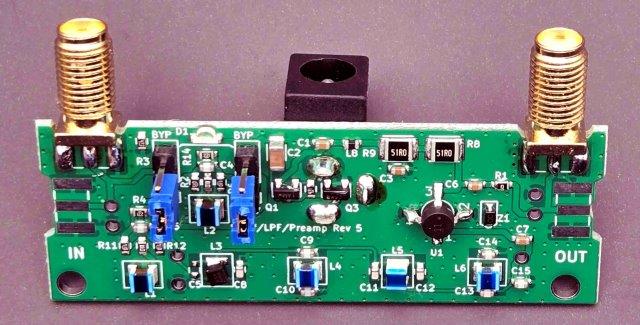
The SDR front-end filter-preamp is now available. This design takes the previous passive Shelf+Low-Pass filter design and adds a preamp at the output. This will improve the performance of most wideband SDR receivers.
Specifications: Filter-Preamp-v1-rev-2.pdf
To order: filter-preamp
I was recently asked about the filter-preamp, and wrote this in response:
The filter is useful when using a wide-band SDR such as the RX-888, since there is always the challenge of managing dynamic range in an SDR. The RX-888 has a 16-bit Analog to Digital Converter at the input (and some other SDRs use 12 or even 8 bits). A 16-bit ADC provides a dynamic range of about 96dB, and the signal-strength levels at the antenna can often exceed this range. A little bit of overload isn’t fatal, but too much will result is significant distortion and reduce the receiver performance. If you reduce the input gain to minimize the overloading signals then you will not be able to receive the weaker signals.
This dynamic range problem tends to have a frequency dimension as well. In the USA, we have the AM broadcast band (540 – 1700 KHz), and these are often the strongest signals seen at the receiver input. In addition, the regular atmospheric noise is stronger at lower frequencies, so receiver gain is usually not helpful at the lower end of the HF spectrum.
In Europe, the AM broadcast stations are spread across the entire HF spectrum, and mitigating the overload problems caused by these is a much tougher problem!
Note that traditional receivers, having band-filters and preselectors at the input are less prone to this overload, as they only have to work with a relatively narrow slice of the spectrum at any given time. The RX-888 is continuously receiving the full spectrum, from the KHz region up to 30 MHz (or 60 MHz). Also, with the wideband SDR we usually use a wideband (or multi-band) antenna, which doesn’t help the overload situation.
Also, the SDR, being a sampling receiver has an issue with “aliasing”, where signals higher in frequency than 1/2 the sample-clock frequency will be aliased down in frequency and appear as an interfering signal in the receiver range of interest (see “Nyquist Frequency” for details.) Most SDRs have an input filter that attenuates these frequencies above the Nyquist rate, but with the RX-888 we usually run the sample clock at about 66 MHz (half the maximum) The RS-888 internal filter is designed for the faster sample-clock, and so provides no attenuation for signals in the 30-60 MHz range.
So, what to do? The filter I provide has two sections: The low-frequency “shelf” filter, and a high-frequency anit-alias filter. The shelf filter provides a gradual and limited attenuation increase through the HF band (more attenuation at low frequencies), which compensates for atmospheric noise levels and provides significant attenuation of the AM broadcast band. The shelf filter has two identical sections — usually we want both of them enabled, but in a quiet-RF location we can disable one of them for less low-frequency attenuation.
The anti-alias filter provides a sharp cutoff above 30 MHz, with over 50 dB ultimate attenuation. This greatly reduces the aliasing problem.
These filters do add loss, and the RX-888 isn’t particularly sensitive as it has a high input noise figure. The low-noise / high dynamic-range preamp section of the filter-preamp compensates for the filter-loss, and adds about 9dB of additional gain which improves the RX-888 small-signal sensitivity. A few more dB gain would be nice, but that would be a different design. The filter-preamp I have now does provide a noticeable performance improvement in most cases.
Near Friday Harbor (home of Turn Island Systems) we have a RX-888 receiver in a fairly quiet location. Before the filter-preamp was added the AM broadcast stations were the dominant signals and we had to reduce receiver gain to avoid overload. The filter did a good job of equalizing (average) signal strengths across the full HF range.

